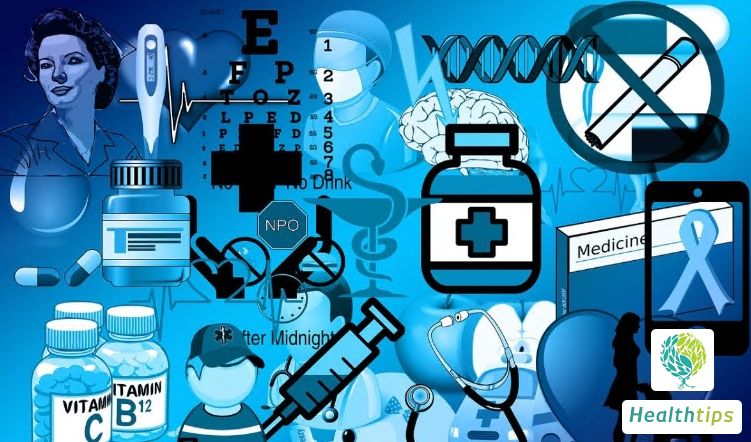How to Treat Unstable Blood Pressure with Low at 100 and High at 150?
Diastolic pressure generally refers to the pressure when the heart relaxes, and systolic pressure refers to the pressure when the heart contracts.Unstable blood pressure with diastolic pressure at 100 mmHg and systolic pressure at 150 mmHg can generally be treated through diet control, regular rest, oral medication, and other methods. Here are the details:

Diet Control: Patients should generally avoid high-fat and high-cholesterol foods such as cream cakes, animal internals, fatty meats, fried chickens, roast ducks, and fried bread sticks. They should also limit sodium and salt intake, avoiding foods like salted duck eggs and pickles. The diet should be light, with appropriate consumption of foods rich in vitamins and crude fiber, such as apples, pitaya, tomatoes, spinach, oats, and buckwheat, which can help control the condition.
Regular Work and Rest: Unstable blood pressure is also related to staying up late, which can cause excessive excitement of the sympathetic nervous system and increase blood flow resistance in peripheral blood vessels, leading to increased blood pressure. Patients should avoid overwork and staying up late, develop good work and rest habits, and ensure sufficient sleep, which can also aid in blood pressure control.
Oral Medication: If the patient's blood pressure continues to rise and cannot be improved through diet control and regular work and rest, antihypertensive drugs such as Nifedipine Sustained-Release Tablets, Amlodipine Benzoate Tablets, and Compound Reserpine Tablets can be taken under the guidance of a doctor.
In addition to the above methods, intravenous drip treatment can also be used, with common drugs generally being Nitroglycerin Injection. During the treatment process, patients should also maintain a good mood to avoid excessive stress.



















